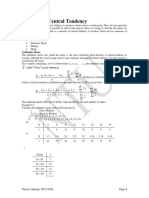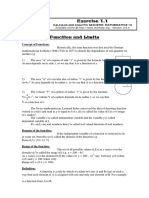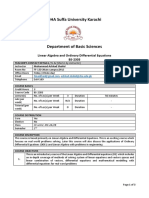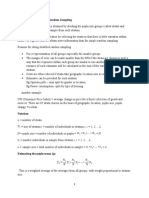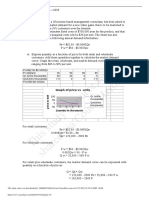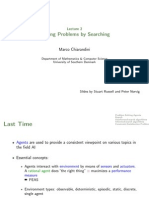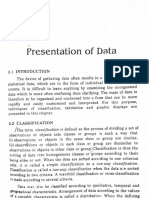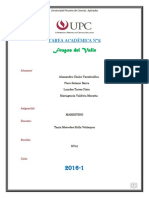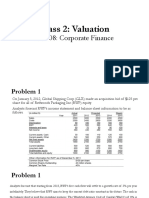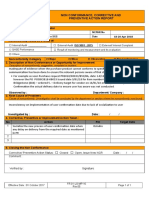0% found this document useful (0 votes)
412 views4 pagesGoal Programming for Capital Management
The document presents a goal programming model for working capital management that considers the twin goals of liquidity and profitability. It assigns different priority coefficients to goals like maintaining target current and quick ratios to ensure liquidity and profitability defined as earnings before tax over net worth. The model minimizes the deviations from these goals subject to constraints regarding current assets, liabilities and profit targets.
Uploaded by
BharatKathuriaCopyright
© Attribution Non-Commercial (BY-NC)
We take content rights seriously. If you suspect this is your content, claim it here.
Available Formats
Download as DOC, PDF, TXT or read online on Scribd
0% found this document useful (0 votes)
412 views4 pagesGoal Programming for Capital Management
The document presents a goal programming model for working capital management that considers the twin goals of liquidity and profitability. It assigns different priority coefficients to goals like maintaining target current and quick ratios to ensure liquidity and profitability defined as earnings before tax over net worth. The model minimizes the deviations from these goals subject to constraints regarding current assets, liabilities and profit targets.
Uploaded by
BharatKathuriaCopyright
© Attribution Non-Commercial (BY-NC)
We take content rights seriously. If you suspect this is your content, claim it here.
Available Formats
Download as DOC, PDF, TXT or read online on Scribd
/ 4












